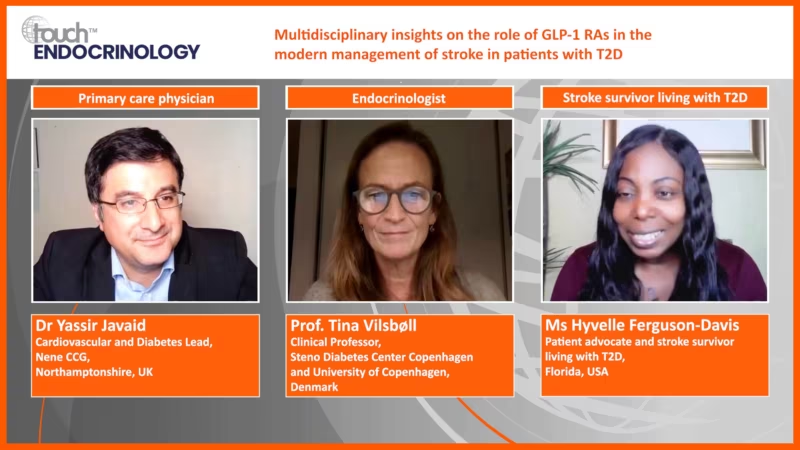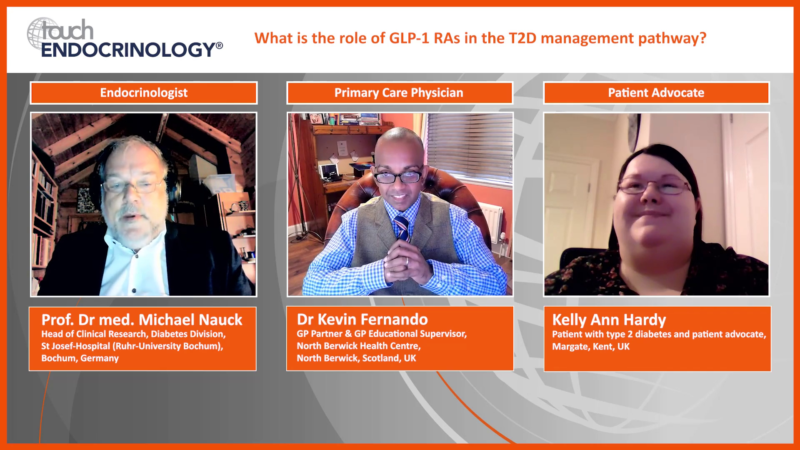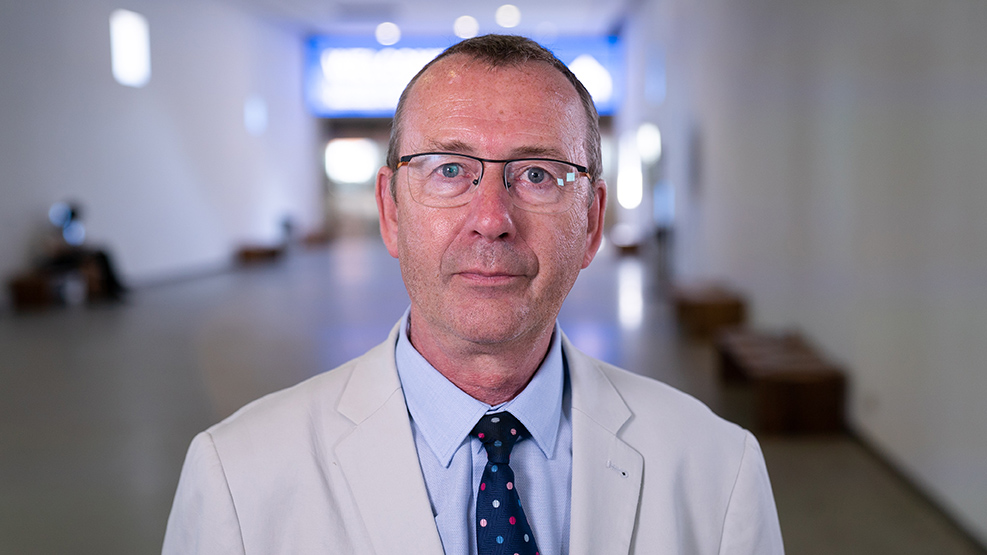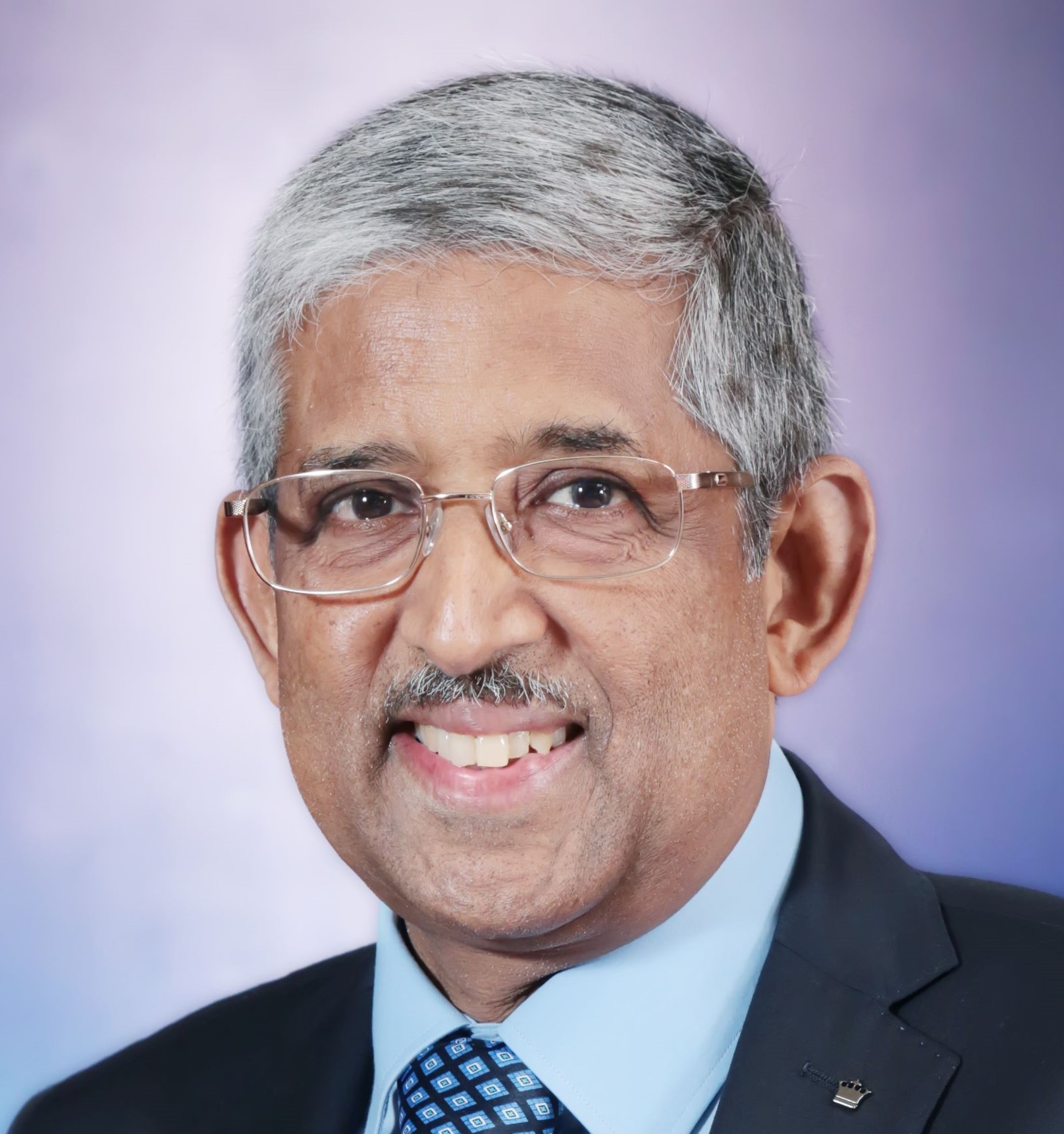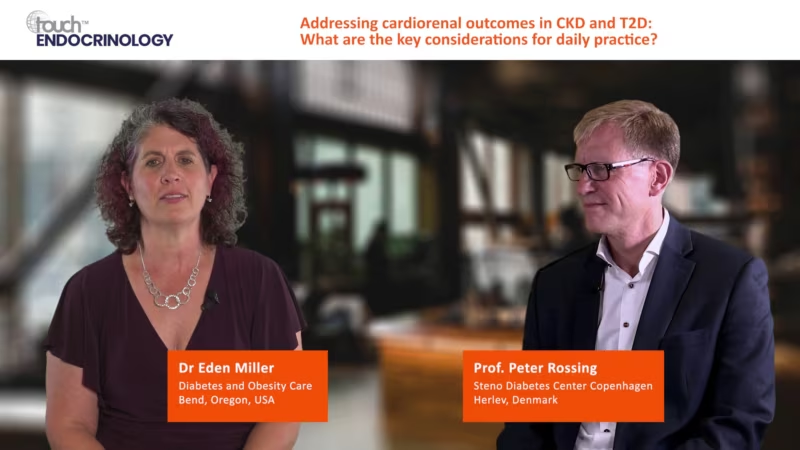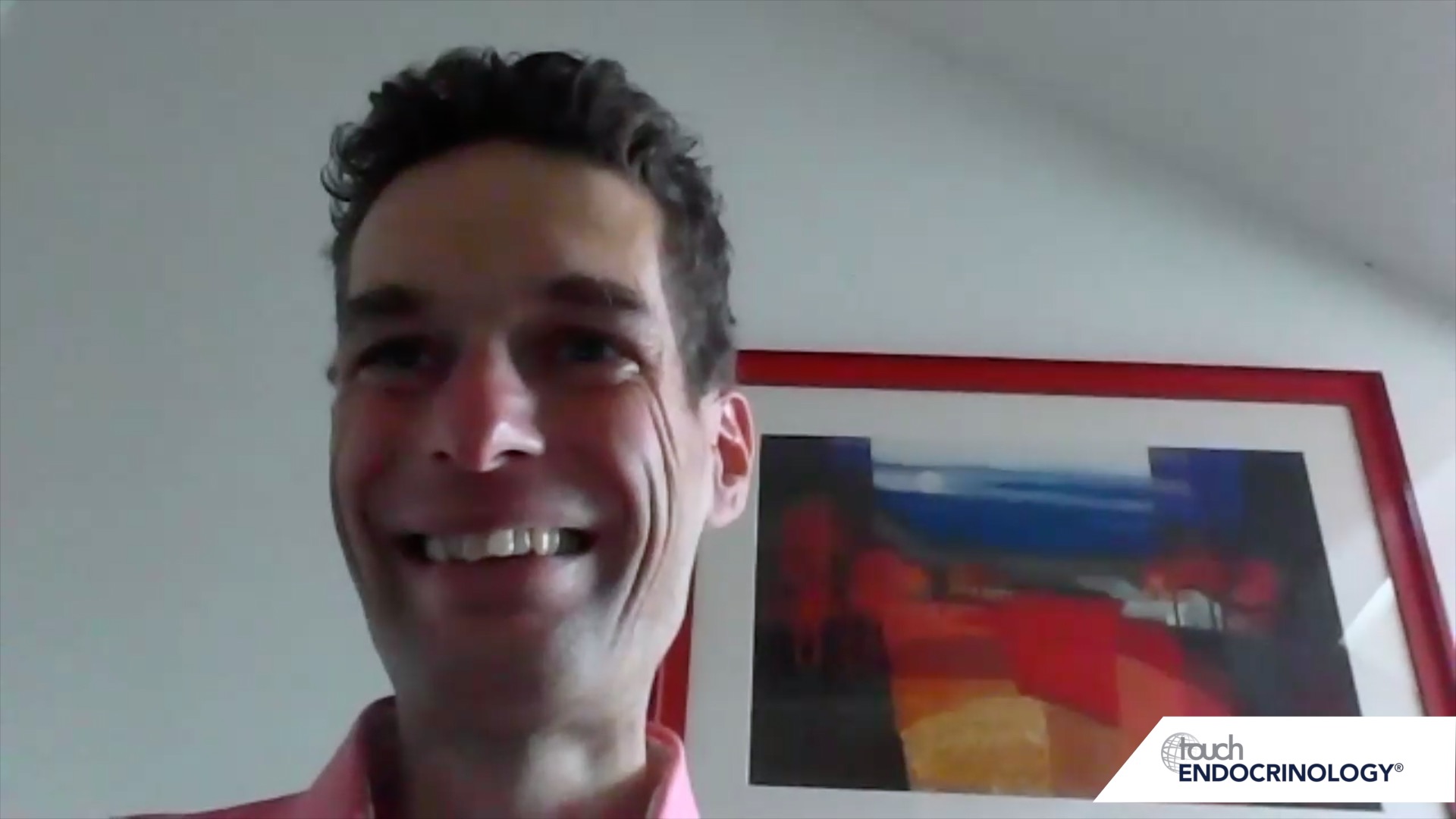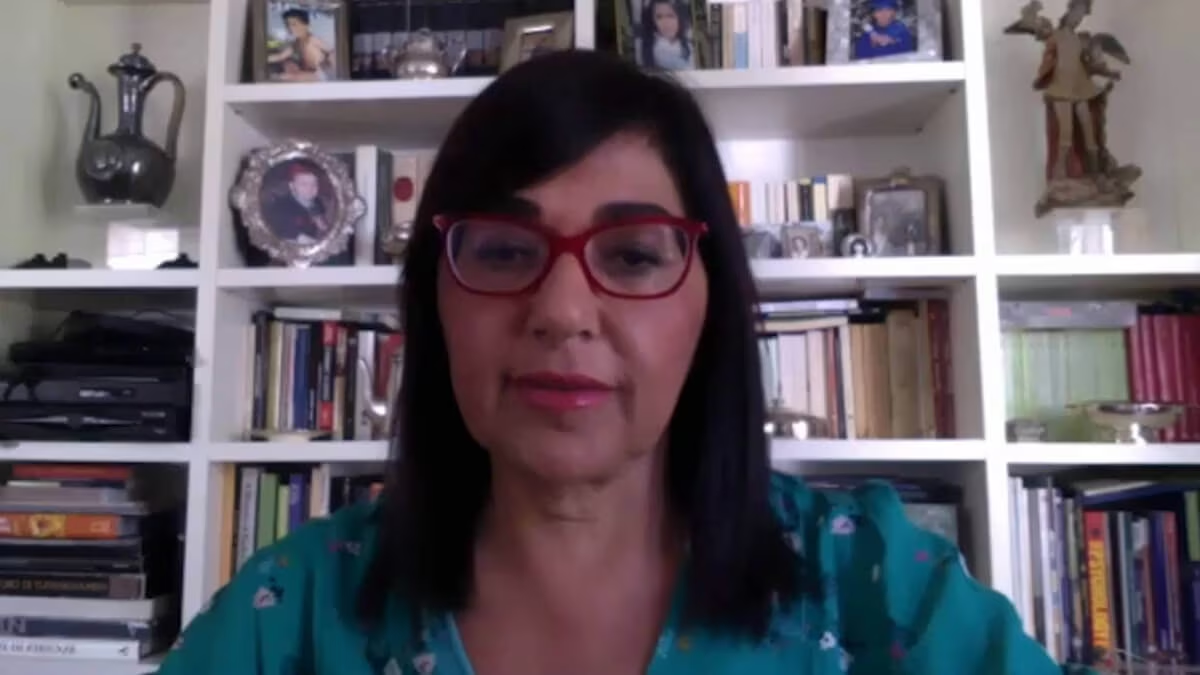Tutorial
These icons indicate there is something to be interacted with. Click it when you see it.
Tutorial
These icons indicate there is something to be interacted with. Click it when you see it.
Tutorial
These icons indicate there is something to be interacted with. Click it when you see it.
touchIN CONVERSATION
 A relaxed discussion between two faculty focussed on real world clinical issues. Useful tips below will show how to navigate the activity. Join the conversation.
Close
A relaxed discussion between two faculty focussed on real world clinical issues. Useful tips below will show how to navigate the activity. Join the conversation.
Close
 A relaxed discussion between two faculty focussed on real world clinical issues. Useful tips below will show how to navigate the activity. Join the conversation.
Close
A relaxed discussion between two faculty focussed on real world clinical issues. Useful tips below will show how to navigate the activity. Join the conversation.
Close
Elevating the role of basal insulin therapy in T2D management: From CGM use to fixed-ratio combinations and once-weekly regimens
Learning Objectives
After watching this activity, participants should be better able to:
- Appraise the importance of timely initiation of basal insulin treatment, and implement strategies to overcome the barriers to insulin intensification in T2D
- Assess the role of continuous glucose monitoring and time-in-range measurement in supporting achievement of glycaemic control in patients with T2D on basal insulin
- Recall the efficacy and safety data for once-weekly insulins currently under development for the treatment of T2D and plan for the practicalities of their use
Overview
In this activity, endocrinologists with expertise in type 2 diabetes (T2D) respond to questions from the endocrinology and primary care communities on practical considerations for the use of basal insulin therapy in patients with T2D, with a focus on the current and future use of continuous glucose monitoring, fixed-ratio combinations and once-weekly basal insulin regimens.
This activity is jointly provided by USF Health, EBAC® and touchIME. read more
Target Audience
This activity has been designed to meet the educational needs of diabetologists, endocrinologists and primary care physicians who actively manage patients with type 2 diabetes.
USF Accreditation
Disclosures
USF Health adheres to the Standards for Integrity and Independence in Accredited Continuing Education. All individuals in a position to influence content have disclosed to USF Health any financial relationship with an ineligible organization. USF Health has reviewed and mitigated all relevant financial relationships related to the content of the activity. The relevant relationships are listed below. All individuals not listed have no relevant financial relationships.
Faculty
Dr Viswanathan Mohan discloses Grants or research support from Abbott, Alembic Pharmaceuticals, Apex, Bayer, Biocon, Boehringer Ingelheim, Cipla, Dr. Reddy’s Laboratories, Eli Lilly, Emcure Pharmaceuticals, Fourrts, Franco-Indian Pharmaceuticals, Glenmark Pharmaceuticals, GSK, Intas Pharmaceuticals, Ipca Laboratories, LifeScan, Lupin, Mankind Pharma, Medtronic, MSD, Novartis, Primus Pharmaceuticals, Roche, Sanofi-Aventis, Servier, Sun Pharma, Torrent Pharmaceuticals, USV Private, Wockhardt and Zydus Lifesciences.
Dr Alice Y Y Cheng discloses Advisory board or panel fees from Abbott, AstraZeneca, Bayer, Boehringer Ingelheim, Dexcom, Eisai, Eli Lilly, HLS Therapeutics, Insulet, Janssen, Novo Nordisk, Sanofi and Takeda. Consultancy fees from Abbott, AstraZeneca, Bayer, Boehringer Ingelheim, Dexcom, Eisai, Eli Lilly, HLS Therapeutics, Insulet, Janssen, Novo Nordisk, Sanofi and Takeda. Grants or research support from Applied Therapeutics, Novo Nordisk and Sanofi. Speakers bureau fees from Abbott, Amgen, AstraZeneca, Bausch, Bayer, Boehringer Ingelheim, Dexcom, Eli Lilly, GSK, HLS Therapeutics, Insulet, Janssen, Novo Nordisk, Pfizer and Sanofi.
Content reviewer
Christy Thai, PharmD, BCPS has no financial interests/relationships or affiliations in relation to this activity.
Touch Medical Contributors
Sola Neunie has no financial interests/relationships or affiliations in relation to this activity.
USF Health Office of Continuing Professional Development and touchIME staff have no financial interests/relationships or affiliations in relation to this activity.
Requirements for Successful Completion
In order to receive credit for this activity, participants must review the content and complete the post-test and evaluation form. Statements of credit are awarded upon successful completion of the post-test and evaluation form.
If you have questions regarding credit please contact cpdsupport@usf.edu
Accreditations
Physicians
This activity has been planned and implemented in accordance with the accreditation requirements and policies of the Accreditation Council for Continuing Medical Education (ACCME) through a joint providership of USF Health and touchIME. USF Health is accredited by the ACCME to provide continuing medical education for physicians.
USF Health designates this enduring material for a maximum of 1 AMA PRA Category 1 CreditTM. Physicians should claim only the credit commensurate with the extent of their participation in the activity.
The European Union of Medical Specialists (UEMS) – European Accreditation Council for Continuing Medical Education (EACCME) has an agreement of mutual recognition of continuing medical education (CME) credit with the American Medical Association (AMA). European physicians interested in converting AMA PRA Category 1 CreditTM into European CME credit (ECMEC) should contact the UEMS (www.uems.eu).
Advanced Practice Providers
Physician Assistants may claim a maximum of 1 Category 1 credits for completing this activity. NCCPA accepts AMA PRA Category 1 CreditTM from organizations accredited by ACCME or a recognized state medical society.
The AANPCP accepts certificates of participation for educational activities approved for AMA PRA Category 1 CreditTM by ACCME-accredited providers. APRNs who participate will receive a certificate of completion commensurate with the extent of their participation.
Date of original release: 28 March 2024. Date credits expire: 28 March 2025.
If you have any questions regarding credit please contact cpdsupport@usf.edu
EBAC® Accreditation
touchIME is an EBAC® accredited provider since 2023.
This programme is accredited by the European Board for Accreditation of Continuing Education for Health Professionals (EBAC®) for up to 1.0 hour(s) of CE credit(s). Each participant should claim only time that has been spent in the educational activity.
The Accreditation Council for Continuing Medical Education (ACCME®), and the Royal College of Physicians and Surgeons of Canada hold an agreement on substantial equivalency of accreditation systems with EBAC®.
Through an agreement between the European Board for Accreditation of Continuing Education for Health Professionals and the American Medical Association (AMA), physicians may convert EBAC® CE credits to AMA PRA Category 1 CreditsTM. Information on the process to convert EBAC® credit to AMA credit can be found on the AMA website. Other health care professionals may obtain from the AMA a certificate of having participated in an activity eligible for conversion of credit to AMA PRA Category 1 CreditTM.
Faculty Disclosure Statement / Conflict of Interest Policy
In compliance with EBAC® guidelines, all speakers/ chairpersons participating in this programme have disclosed or indicated potential conflicts of interest which might cause a bias in the presentations. The Organizing Committee/Course Director is responsible for ensuring that all potential conflicts of interest relevant to the event are declared to the audience prior to the CME activities.
Faculty
Dr Viswanathan Mohan discloses Grants or research support from Abbott, Alembic Pharmaceuticals, Apex, Bayer, Biocon, Boehringer Ingelheim, Cipla, Dr. Reddy’s Laboratories, Eli Lilly, Emcure Pharmaceuticals, Fourrts, Franco-Indian Pharmaceuticals, Glenmark Pharmaceuticals, GSK, Intas Pharmaceuticals, Ipca Laboratories, LifeScan, Lupin, Mankind Pharma, Medtronic, MSD, Novartis, Primus Pharmaceuticals, Roche, Sanofi-Aventis, Servier, Sun Pharma, Torrent Pharmaceuticals, USV Private, Wockhardt and Zydus Lifesciences.
Dr Alice Y Y Cheng discloses Advisory board or panel fees from Abbott, AstraZeneca, Bayer, Boehringer Ingelheim, Dexcom, Eisai, Eli Lilly, HLS Therapeutics, Insulet, Janssen, Novo Nordisk, Sanofi and Takeda. Consultancy fees from Abbott, AstraZeneca, Bayer, Boehringer Ingelheim, Dexcom, Eisai, Eli Lilly, HLS Therapeutics, Insulet, Janssen, Novo Nordisk, Sanofi and Takeda. Grants or research support from Applied Therapeutics, Novo Nordisk and Sanofi. Speakers bureau fees from Abbott, Amgen, AstraZeneca, Bausch, Bayer, Boehringer Ingelheim, Dexcom, Eli Lilly, GSK, HLS Therapeutics, Insulet, Janssen, Novo Nordisk, Pfizer and Sanofi.
Christy Thai, PharmD, BCPS has no financial interests/relationships or affiliations in relation to this activity.
Touch Medical Contributors
Sola Neunie has no financial interests/relationships or affiliations in relation to this activity.
Requirements for Successful Completion
Certificates of Completion may be awarded upon successful completion of the post-test and evaluation form. If you have completed one hour or more of effective education through EBAC® accredited CE activities, please contact us at accreditation@touchime.org to receive your EBAC® CE credit certificate. EBAC® grants 1 CE credit for every hour of education completed.
Date of original release: 28 March 2024. Date credits expire: 28 March 2025.
Time to Complete: 1 hour
If you have any questions regrading the EBAC® credits, please contact accreditation@touchime.org
To obtain the CE/CME credit(s) from this activity, please complete this post-activity test.
Claim CreditYou may also be interested in...

REGISTER NOW FOR FREE ACCESS TO
- 1000+ topical and insightful peer-reviewed journal articles
- 100+ hours of bite-sized congress highlights
- 8 major therapy areas packed with the latest scientific advances
- 150+ specialties offering learn-on-the-go medical education
- + Concise email updates and newsletters so you never miss out








